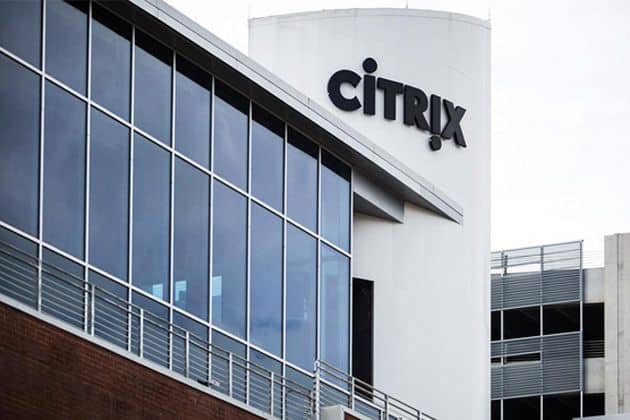Citrix informs Techzine that it will expand open source integrations. This should allow companies to use cloud environments from different providers. Businesses need to be able to switch to the cloud more quickly.
The company also reports that Citrix ADC (Application Delivery Controller) has obtained the Red Hat OpenShift operator certificate. This means that developers have a new way to build, test and deliver applications in Kubernetes environments. Red Hat and its partners will support the full portfolio of Citrix ADCs.
Mihir Maniar, Vice President of Product Management and Networking at Citrix, indicates that we currently live in a world driven by applications. According to Maniar, IT organizations need to create modern environments in which they can deliver apps in a flexible and agile manner. This while maintaining the scalability, security and reliability of their systems. The Red Hat OpenShift Operator certificate is intended to expand the possibilities available to Citrix customers.
Red Hat OpenShift is the industry’s most comprehensive enterprise Kubernetes platform, said Julio Tapia, Executive Director of Red Hat Partner Ecosystem. Kubernetes operators are attractive because they help to encode the human operational logic normally required to manage services running as Kubernetes-native application, which should make daily work easier. Citrix ADC Operator enables developers and IT departments to deliver applications with the speed, security and reliability that today’s cloud environments demand.
Citrix ADC multipurpose
Citrix ADC can also be integrated with other open source and CNCF environments, such as Prometheus, Grafana, Spinnaker, FluentD, Kibana, Open Tracing and Zipkin. The solution is intended for application delivery and load balancing. This applies to traditional, cloud and web applications. Citrix also reports that the solution is suitable for on premise, but also for the cloud and for cloud-native platforms such as AWS, Google Cloud Platform and Microsoft Azure.
This news article was automatically translated from Dutch to give Techzine.eu a head start. All news articles after September 1, 2019 are written in native English and NOT translated. All our background stories are written in native English as well. For more information read our launch article.